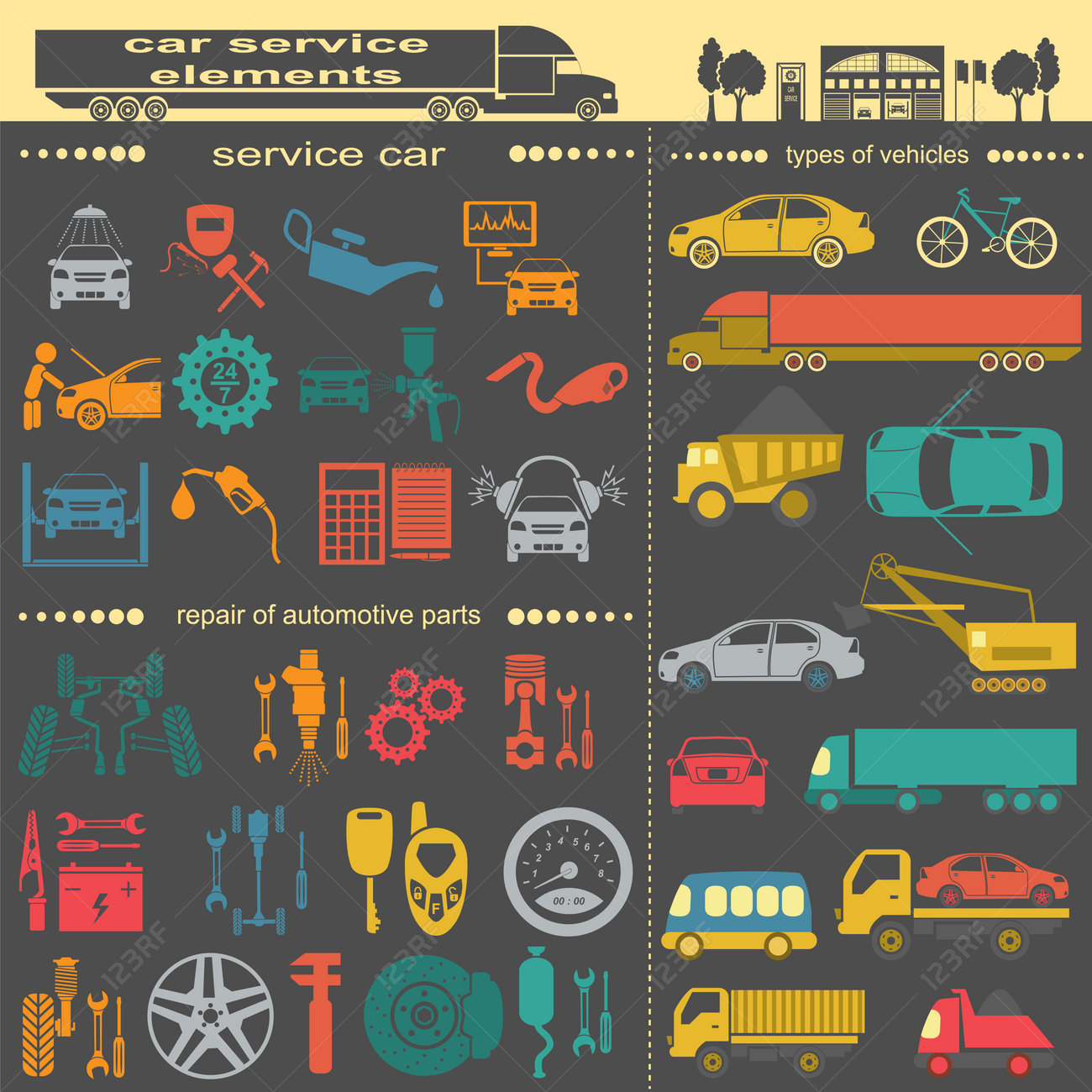Translating Your Automobile'S Caution Indicators: What They Truly Represent
Translating Your Automobile'S Caution Indicators: What They Truly Represent
Blog Article
carcleaners By-Sykes Gilbert
When you lag the wheel, those radiant warning lights on your control panel can be a bit puzzling. Do boat detailing recognize what they're attempting to tell you regarding your vehicle's health and wellness? Recognizing the significance of these lights is important for your safety and the longevity of your vehicle. So, the following time one of those lights turns up, would not you want to decipher its message properly and take the required steps to resolve it?
Common Warning Lights and Interpretations
Identify typical caution lights in your automobile and understand their meanings to make sure secure driving.
The most regular caution lights include the check engine light, which signals issues with the engine or discharges system. If this light comes on, it's vital to have your vehicle checked immediately.
The oil stress warning light indicates reduced oil stress, needing prompt interest to avoid engine damage.
A blinking battery light might suggest a defective billing system, possibly leaving you stranded otherwise addressed.
The tire stress surveillance system (TPMS) light notifies you to low tire pressure, impacting lorry security and fuel efficiency. Disregarding this could bring about dangerous driving problems.
The abdominal light indicates a trouble with the anti-lock braking system, jeopardizing your ability to quit promptly in emergency situations.
Last but not least, the coolant temperature cautioning light warns of engine overheating, which can cause severe damage otherwise dealt with swiftly.
Understanding these common caution lights will certainly help you deal with problems immediately and keep safe driving conditions.
Relevance of Prompt Focus
Understanding the typical caution lights in your car is only the primary step; the significance of quickly attending to these warnings can't be emphasized sufficient to ensure your security on the road.
When a warning light brightens on your control panel, it's your automobile's way of connecting a possible issue that needs focus. Ignoring these cautions can cause extra serious problems later on, jeopardizing your security and potentially costing you much more in repairs.
Trigger focus to warning lights can protect against break downs and crashes. As an example, a flashing check engine light can suggest a misfire that, if left unattended, could trigger damages to the catalytic converter. Addressing this promptly can conserve you from a pricey fixing.
In a similar way, a brake system warning light may signify low brake fluid or used brake pads, critical parts for your safety when driving.
Do It Yourself Troubleshooting Tips
If you observe a warning light on your dashboard, there are a few do it yourself repairing suggestions you can try before seeking expert help.
The initial step is to consult your cars and truck's guidebook to understand what the particular warning light shows. In some cases the issue can be as easy as a loosened gas cap activating the check engine light. Tightening up the gas cap might settle the problem.
Another typical concern is a reduced battery, which can activate different advising lights. Inspecting the battery links for deterioration and ensuring they're safe and secure may deal with the issue.
If a caution light persists, you can try resetting it by separating the car's battery for a few minutes and afterwards reconnecting it. In addition, inspecting your vehicle's liquid degrees, such as oil, coolant, and brake liquid, can help fix warning lights associated with these systems.
https://brake-repair-near-me63840.blogpayz.com/32180815/eco-friendly-auto-outlining-products-you-need-to-attempt
In conclusion, understanding your vehicle's warning lights is essential for maintaining your car running smoothly and safely. By immediately attending to these alerts and understanding what they mean, you can prevent costly repairs and potential breakdowns.
Keep in mind to consult your vehicle's manual for particular information on each cautioning light and act accordingly to make sure a hassle-free driving experience.
Keep notified, stay risk-free when driving!
